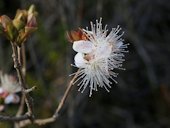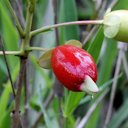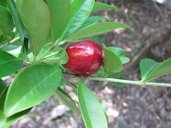| Cherry of the Rio Grande - Eugenia involucrata | |||||||||||||||
|---|---|---|---|---|---|---|---|---|---|---|---|---|---|---|---|
 Fig. 1  Cherry of the Rio Grande Eugenia involucrata 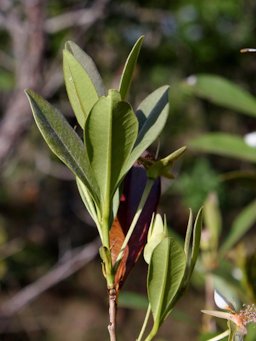 Fig. 2  E. involucrata new growth  Fig. 3  E. involucrata 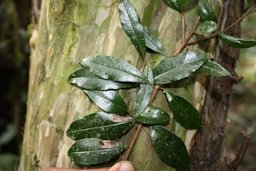 Fig. 4  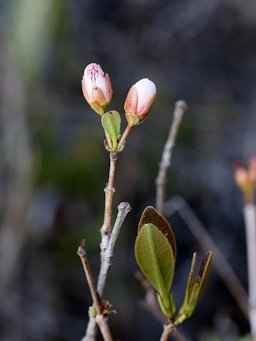 Fig. 6  Flower buds 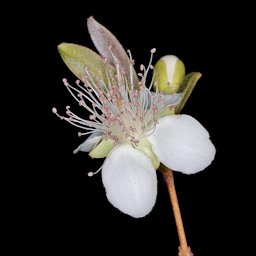 Fig. 7  Flower and flower bud E. involucrata 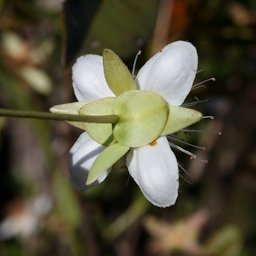 Fig. 8  Underside of E. involucrata flower 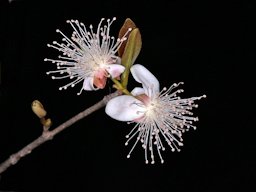 Fig. 9  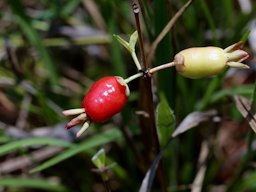 Fig. 12  E. involucrata unripe fruit 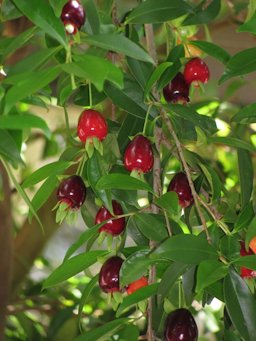 Fig. 13  E. involucrata fruit habit 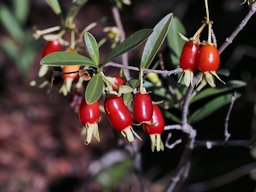 Fig. 14  E. involucrata, fruit not completely ripe  Fig. 15 Ready to harvest fruit 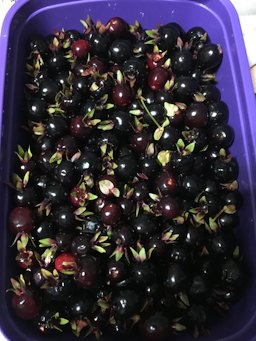 Fig. 16  Hidromiel de Cerejeira (E. Involucrata) 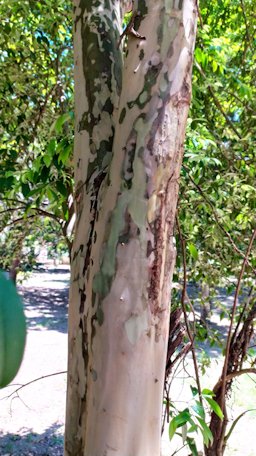 Fig. 20  E. involucrata Penha, Rio de Janeiro, Brasil 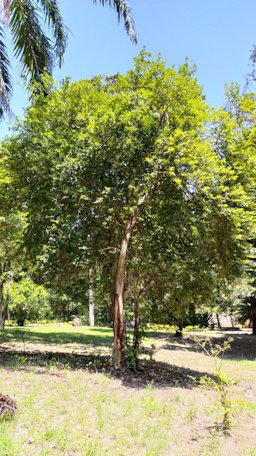 Fig. 21  E. involucrata Penha, Rio de Janeiro, Brasil  Fig. 22  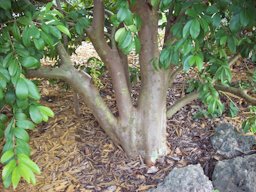 Fig. 23  |
Scientific
name Eugenia involucrata DC. Common names Cherry of the Rio Grande; cerejeira, cerejeira-do-mato, cereja, aracazeiro, cereja-da-terra, cereja-do-rio-grande 6 Synonyms E. aggregata (Vell.) Kiaersk.; E. aemilii Barb. Rodr.; E. bracteata Vell.; E. involucrata var. minutifolia Mattos & D. Legrand; E. laevigata (O.Berg) D.Legrand; E. minutifolia (Mattos & D.Legrand) Mattos; E. pallescens Kiaersk.; E. paraguayensis Barb. Rodr.; E. strictissima Govaerts; Myrtus aggregata Vell.; M. aggregata Velloso; Phyllocalyx cerasiflorus O.Berg; P. involucratus (DC.) O.Berg; P. laevigatus O.Berg; E. stricta (O.Berg) Kiaersk.; P. strictus O.Berg; Stenocalyx involucratus (DC.) Kausel 3 Relatives Pitomba, E. luschnanthiana; Surinam cherry, E. uniflora; grumichama, E. brazilensis; araca-boi, E. stipitata; cabeludinha, E. tomentosa; perado-campo, E. klotzchiana; perinha, E. lutescens; uvaia, E. pyrifori 5 Family Myrtaceae (myrtle family) Origin Brazil, specifically the state of Rio Grande do Sul 5 USDA hardiness zones 9-11 Uses Fruit; landscape specimen; hedge; container specimen 5 Height Small evergreen tree rarely exceed 20-25 ft (6.1-7.6 m) in Florida 1 Crown Dense canopy 5 Plant habit Heavily branched; compact Growth rate Slow to moderate 5 Trunk/bark/branches Bark peels leaving trunk smooth Pruning requirement Little pruning required Leaves Evergreen; smooth, glossy, dark green; narrow elliptic; 2.5-3 in. (6.3-7.6 cm); borne on short, grooved petioles 2 Flowers White; solitary; Mar. to May 2 Fruit Dark red; 1 in. (2.5 cm); oblong; thin skin; pulp juicy; usually one seed Season Apr. to June 2 Light requirement Full sun Soil tolerances Will prosper in most soils 5 pH preference 5.5-6.5 Drought tolerance It is drought tolerant but needs water when flowering and fruiting Aerosol salt tolerance It does not like large amounts of salt spray Soil salt tolerance Fair Cold tolerance Damage temp. 20°F (-6.67°C) Roots Shallow root system 7 Invasive potential * None reported Pest resistance Suscesptible to the Caribbean fruit fly Known hazard None Reading Material Selected Eugenia Species, University of Florida pdf (archived) The Cherry of the Rio Grande, University of Florida, Palm Beach County Cherry of the Rio Grande, Eugenia involucrata, Growing Fruit Origin The Cherry of the Rio Grande, Eugenia involucrata, is native to Brazil and grows quite well in south Florida. 1 It has been grown in Florida since prior to 1920 but has never achieved widespread popularity. 5 Eugenias, South American Berries, Sub-tropical Fruit Club of Qld Relatives Cherry of the Rio Grande is in the large Myrtaceae family that includes 144 genera and about 5500 species classified into 10 clades. There are approx. 1100 species in the genus Eugenia, 300 of which are endemic to Brazil. The homogeneous morphology of different plant parts makes taxonomy difficult, but this is now being significantly improved through genetic studies. Pitomba (E. luschnathiana) is the closest fruiting relative, but there are many others in the family including grumichama, rose apple, pitanga, feijoa, jaboticaba and cherry guava. 7 Description Small evergreen tree or large shrub which commonly grows to about 15 feet. However, it may grow as high as 30 feet under favorable conditions. It has an upright, compact habit of growth and is very attractive, especially when in bloom. 2 As the tree gets older the bark peels off, resulting in a smooth and very attractive trunk. 1 Leaves The smooth, glossy, dark green leaves are narrow elliptic, 2.5 to 3 inches long and are borne on short, grooved petioles. 2
Fig. 5. Cherry of the Rio Grande E. involucrata, Brasília, Brasil Flowers The white flowers are solitary and are borne in the axils of opposite bracts from March to May. 2 In the spring the cherry of the Rio Grande is one of our early flowering tropical fruits and often blossoms in the first part of March. The flowering season extends over several months, and in some years flowers are still being produced in the early part of May. 1
Fruit The fruit is oblong to obovate, 3/4 to 1 inch long, with a persistent calyx at the apex. The skin is thin and dark red or purple in color. The juicy flesh has a good, subacid flavor. It contains none or 1 to 2 white, rounded seeds, about 1/4 inch in diameter. The fruit matures in April to June, about 3 weeks after the flowers open. Fruiting may occur in the third year after planting under favorable conditions but it often takes longer. 2
Varieties Several unnamed selections are available in Flodida. 5 There is a form known as 'Dulcissima' with a rounder fruit that is very sweet but with a less firm, lighter flesh. Another form has much larger fruits that can be 2 in. (5 cm) long with a firm, sweet flesh. 8 Harvesting The fruit is picked when fully colored. Storage characteristics are poor and the fruit begins to spoil within 2 or 3 days at room temperature. 5 Propagation Cherry of the Rio Grande is usually propagated by seed, although seedlings may take up to 4 to 5 years to begin producing fruit. Seed - best sown as soon as it is ripe in a partially shaded position in a nursery seedbed or in individual containers. A high germination rate can be expected, with the seed sprouting within 30-40 days. 1,6 Although there is a lot of variation with the cherry of the Rio Grande as to the size of the fruit, there is not a lot of variation in quality, at least in my experience. Superior varieties, especially large-fruited forms, can be veneer-grafted onto seedling rootstocks. 1 Pruning The cherry of the Rio Grande requires very little pruning to make an attractive tree and it is sometime pruned to make a hedge. 4 Culture Most cherry of the Rio Grande grow on a wide variety of soil types; however, they prefer a slightly acid soil, and on alkaline soils may develop some micronutrient deficiencies. 1 Palm fertilizer has been found to speed growth and development. 5 During periods of dry weather they will benefit from weekly irrigation. Avoid over-irrigation, since this often will create problems with the root system. 1 Pests The fruit is attractive to the Caribbean fruit fly and in some years, fruit may be lost. 1 Caribbean Fruit Fly, Anastrepha suspensa (Loew), University of Florida pdf Diseases The only major problem associated with cherry of the Rio Grande in Florida is a die-back which can occur any time but often shows up when plants are approaching maturity. There is no known reason for this die-back at the present. 1 Food Uses The fruit is eaten fresh and made into jellies, jams or juices. The fruits also freeze quite well, so they can be picked at maturity and frozen for later use. 1 Other Uses The wood is compact, moderately heavy, elastic, of good natural durability. It is used for making tool handles and other agricultural implements. The wood is used for making charcoal. 6 Other Edible Eugenia species: Grumichama, E. brasiliensis Rain Forest Plum, E. candolleana Pitomba, E. luschnathiana Surinam Cherry, Eugenia uniflora List of Growers and Vendors |
||||||||||||||
| Bibliography 1 Joyner, Gene. "The Cherry of the Rio Grande." UF/IFAS, Palm Beach Extension Service, AskIFAS, edis.ifas.ufl.edu. Accessed 1 Dec. 2014. 2 Phillips, Richard L. "Selected Eugenia Species." Horticultural Sciences Dept., UF/IFAS, HS41, Pub. Apr. 1994, Reviewed Nov. 2005, Archived, AskIFAS, edis.ifas.ufl.edu. Accessed 2 Dec. 2014. 3 "WFO (2021): Eugenia involucrata DC." World Flora Online, www.worldfloraonline.org/taxon/wfo-0000957638. Accessed 11 Oct. 2021. 4 "Eugenia involucrata." Wikipedia, wikipedia.org. Accessed 27 May 2017. 5 Boning, Charles R. Florida's Best Fruiting Plants- Native and Exotic Trees, Shrubs, and Vines. Sarasota, Pineapple Press, 2006. 6 Lorenzi, Harri. Brazilian Trees, A Guide to the Identification and Cultivation of Brazilian Native Trees. Vol. 1, 4th ed., Nova Odessa, Instituto Plantarum de Estudos da Flora, 2002. 7 "Cherry of the Rio Grande, Black Cherry, Cherry Tree. Eugenia involucrata (aggregata)." The Rare Fruit Club WA, www.rarefruitclub.org.au/RioGrandeCherry.htm. Accessed 14 Oct. 2021. 8 Lorenzi, Harri, et al. Brazillian Fruits & Cultivated Exotics (for consuming in natura). Nova Odessa, Instituto Plantarum de Estudos da Flora, 2006. Photographs Fig. 1 La Brum, Eric. "Cherry of the Rio Grande, Cere Jodo Rio Grande." Top Tropicals, toptropicals.com. Accessed 2 Dec. 2014. Fig. 2 Mercadante, Mauricio. "Eugenia involucrata DC. Myrtaceae." Campus da UnB, Brasília, DF, Brasil, 2013, Flickr, (CC BY-NC-SA 2.0), flickr.com. Accessed 6 June 2017. Fig. 3,6,7,8,9,10 Mercadante, Mauricio. "Eugenia involucrata DC. Myrtaceae." Campus da UnB, Brasília, DF, Brasil, 2016, Flickr, (CC BY-NC-SA 2.0), flickr.com. Accessed 6 June 2017. Fig. 4 Parada, G. A. "Eugenia involucrata DC." Tropicos®, Missouri Botanical Garden, EOL, (CC BY-NC-SA 3.0), eol.org. Accessed 27 May 2017. Fig. 5 Thiago RBM. "Cherry of the Rio Grande Eugenia involucrata, Brasília, Brasil." iNaturalist, Research Grade, 30 Sept. 2020, (CC BY-NC 4.0), www.inaturalist.org/observations/61290194. Accessed 4 Apr. 2022. Fig. 11,22 Bagatini, João Augusto. "Eugenia involucrata." Flora digital do Rio Grande do Sul e de Santa Catarina, Tropical Plant Database, (CC BY-NC-ND 4.0), tropical.theferns.info. Accessed 27 May 2017. Fig. 12,14,17,18 Mercadante, Mauricio. "Eugenia involucrata DC. Myrtaceae." Campus da UnB, Brasília, DF, Brasil, 2012, Flickr, (CC BY-NC-SA 2.0), flickr.com. Accessed 6 June 2017. Fig. 13,15,19 Manners, Malcom. "Cherry of the Rio Grande. Eugenia aggregata, family Myrtaceae." Florida Southern College, Lakeland, 2011, Flickr, (CC BY 2.0), flickr.com. Accessed 6 June 2017. Fig. 16 "Hidromiel de Cerejeira (Eugenia Involucrata)." Chacra La Escondida del Palmar, 11 Nov. 2018, (CC BY-NC-SA 3.0), chacraescondida.blogspot.com/2018/11/hidromiel-de-cerejeira-eugenia.html. Accessed 11 Oct. 2021. Fig. 20,21 Fontoura, Arafat. "Cherry of the Rio Grande Eugenia involucrata, Penha, Rio de Janeiro, Brasil." iNaturalist, Research Grade, 11 Dec. 2021, (CC BY-NC 4.0), www.inaturalist.org/observations/102873564. Accessed 4 Apr. 2022. Fig. 23 Bronson, Eric. "Eugenia aggregata." Warren's House Virtual Tour, I likE plants!, 28 Jan. 2010, (CC BY-NC-ND 3.0 US), ilikerareplants.blogspot.com/2010_01_01_archive.html. Accessed 11 Oct. 2021. * UF/IFAS Assessment of Non-native Plants in Florida's Natural Areas ** Information provided is not intended to be used as a guide for treatment of medical conditions. Published 2 Dec. 2014 LR. Last update 4 Apr. 2022 LR |
|||||||||||||||

